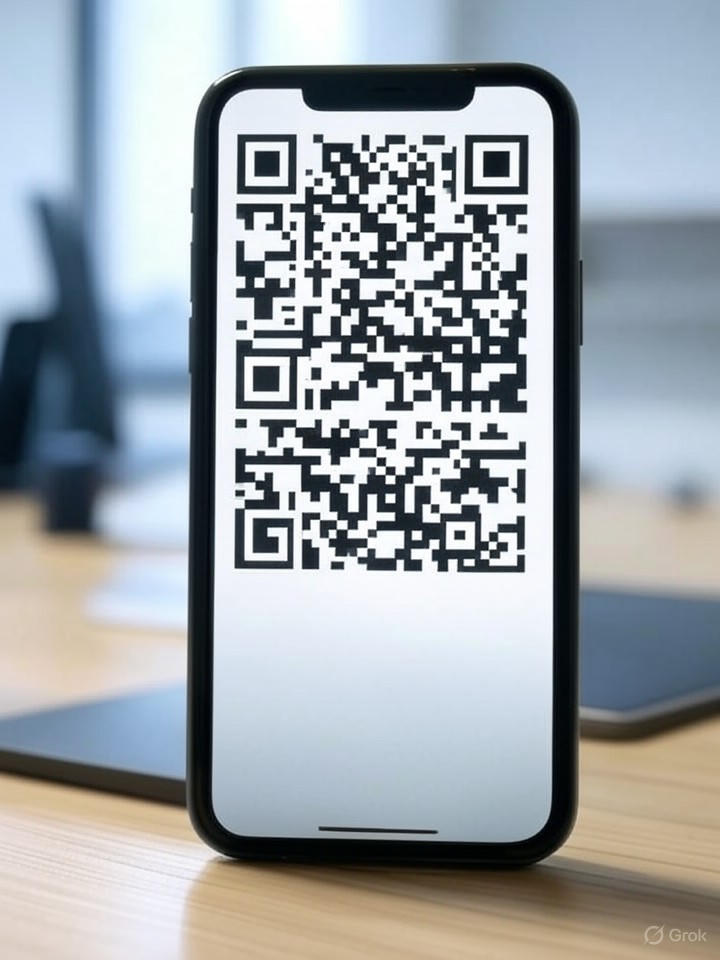In the shadowy world of cybercrime, QR codes—once hailed as a convenient bridge between physical and digital realms—have emerged as a potent weapon for scammers. What began as a tool for quick access to menus, payments, and information during the pandemic has morphed into a vector for sophisticated phishing schemes known as “quishing.” These attacks exploit the trust people place in those pixelated squares, luring users to malicious sites that steal credentials or install malware.
Recent data underscores the scale of this threat. According to a report from CNBC, tens of millions of Americans have fallen victim to quishing, with hackers capitalizing on the public’s eagerness to scan without scrutiny. In the U.K., losses from such scams reached £3.5 million in the year ending April 2025, as noted in coverage by TechRadar.
The Mechanics of Deception: How Quishing Evades Traditional Defenses
Quishing attacks often bypass email filters and antivirus software because QR codes aren’t clickable links; they’re scanned via smartphone cameras, directing users straight to harmful URLs. Cybercriminals embed these codes in seemingly innocuous places—parking tickets, restaurant flyers, or even emails posing as legitimate notifications from banks or delivery services.
For industry insiders, the sophistication lies in the social engineering. Attackers create urgency, like a fake overdue payment notice, prompting immediate scans. A study highlighted in Tom’s Guide reveals that malicious QR codes have surged, targeting everything from personal data to corporate networks, with incidents rising 50% in the past year according to WebProNews.
Real-World Impacts: From Individual Losses to Enterprise Vulnerabilities
Victims often realize the breach too late, after entering login details on spoofed sites or unwittingly downloading trojans. One alarming trend involves quishing in public spaces, where tampered posters or stickers lead to phishing pages mimicking trusted brands. NBC News reports that these scams are duping consumers into revealing sensitive information, with ripple effects on businesses as employees scan codes on work devices.
The enterprise risk is particularly acute. Security teams must contend with QR codes slipping past endpoint protections, as explained in an analysis by CSO Online. Companies like those in finance and retail, where QR-based payments are common, face heightened exposure, with potential for data breaches costing millions.
Strategies for Mitigation: Building a Layered Defense
To counter this, experts advocate a multi-pronged approach. First, verify the source before scanning—question unexpected QR codes and manually type URLs if possible. Mobile security apps that preview QR links, such as those recommended in TechRadar‘s guide, can flag suspicious destinations.
For organizations, training programs are essential. As detailed in Bitlyft, simulating quishing scenarios in employee awareness sessions can reduce click-through rates. Implementing policies that restrict scanning on corporate devices and using advanced threat intelligence to monitor QR trends further fortifies defenses.
Looking Ahead: Evolving Threats and Proactive Measures
As QR codes proliferate in contactless commerce, cybercriminals will innovate, perhaps integrating them with AI-driven personalization. Yet, vigilance remains key. By treating QR codes with the same skepticism as email attachments—a point emphasized in Intelligent CISO—individuals and firms can stem the tide.
Ultimately, staying safe demands a cultural shift: convenience should never trump caution. With attacks showing no signs of abating, as evidenced by the latest surges reported across these sources, proactive education and technology will be the bulwarks against this insidious form of cyber deception.




 WebProNews is an iEntry Publication
WebProNews is an iEntry Publication